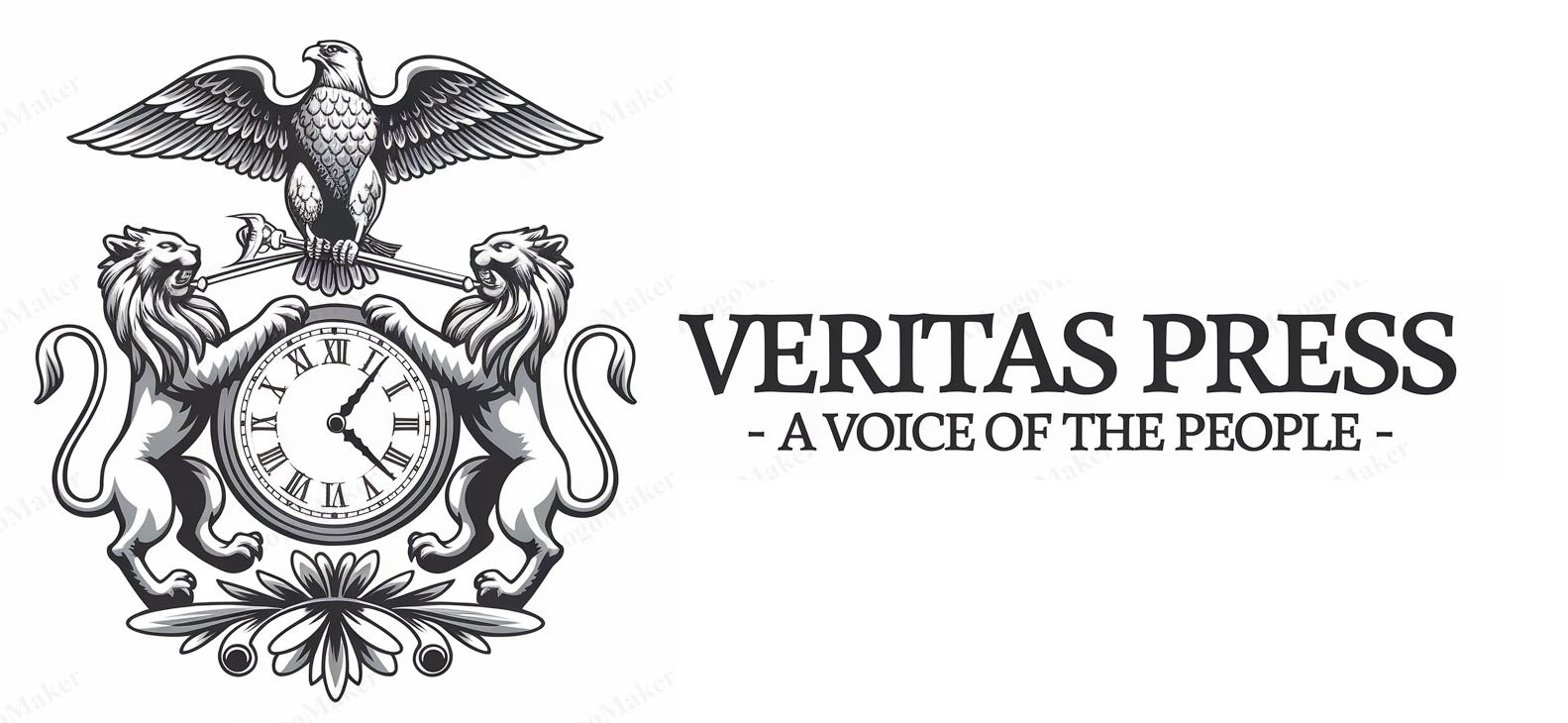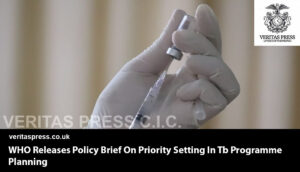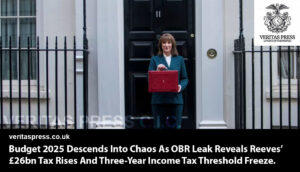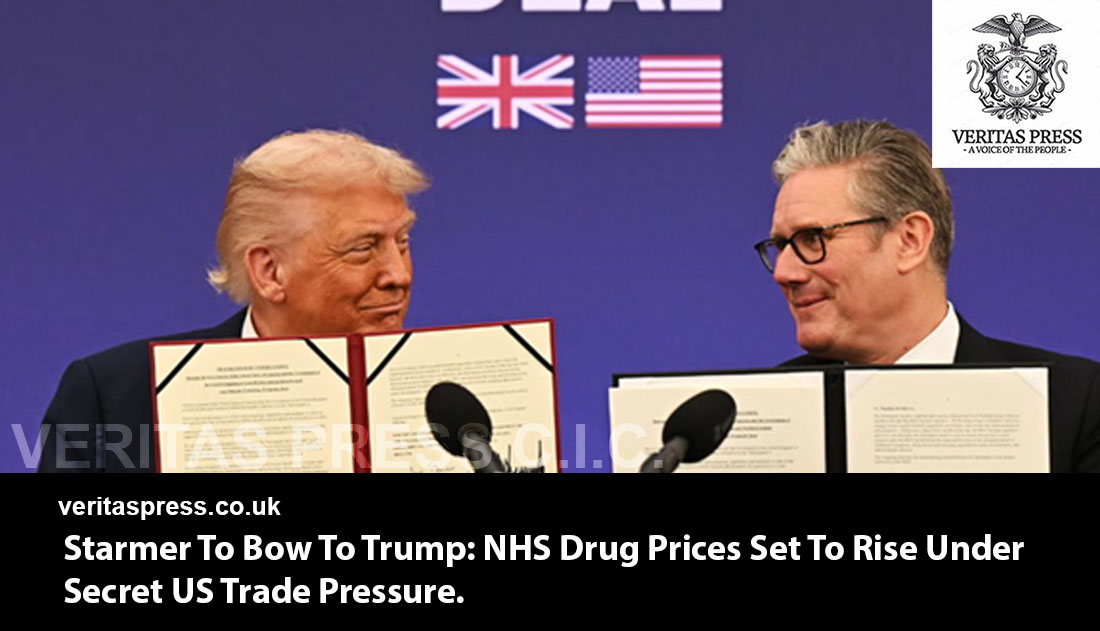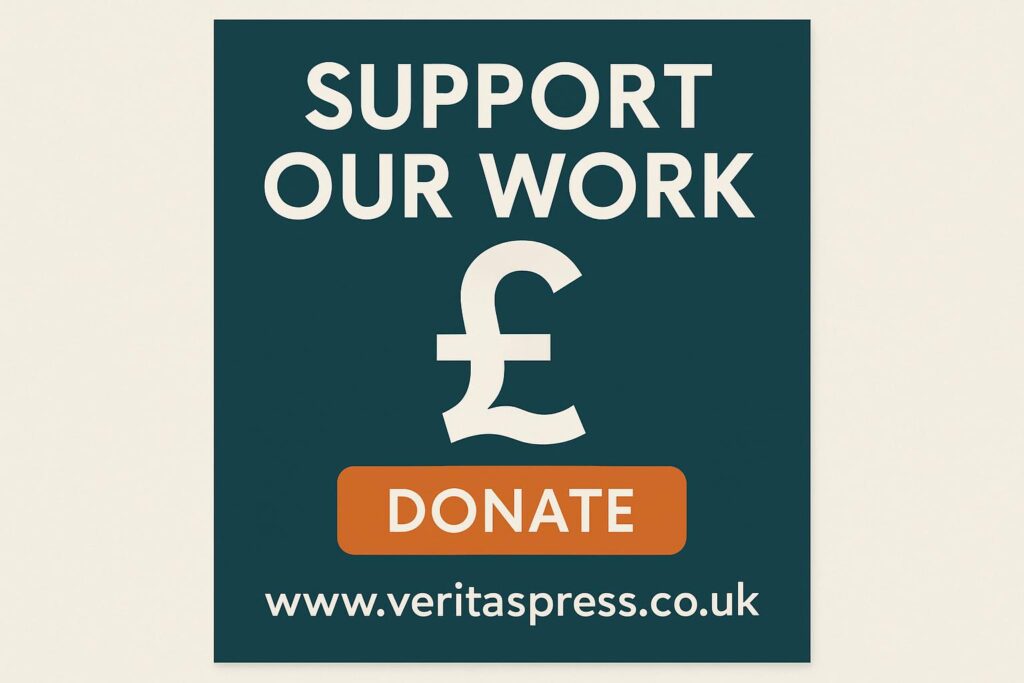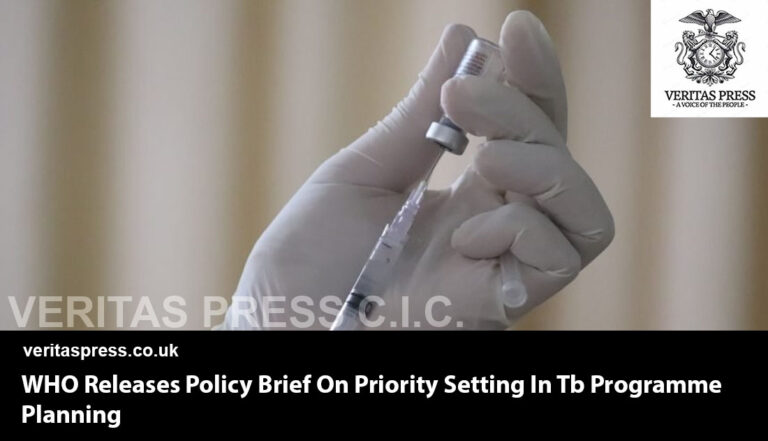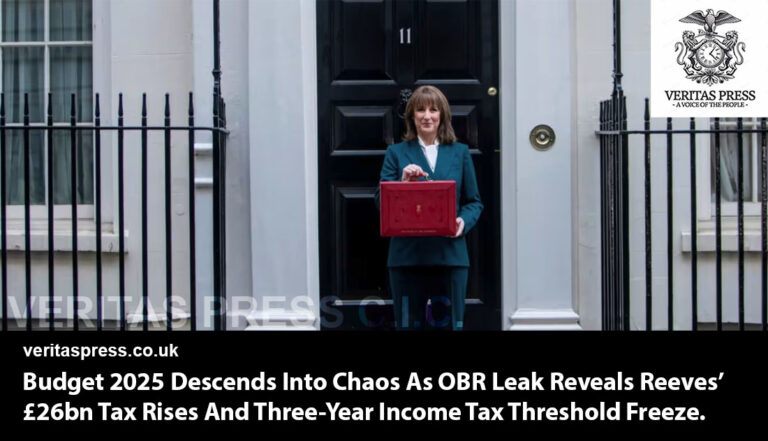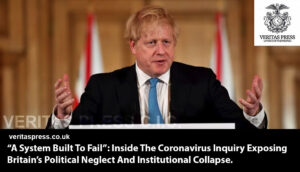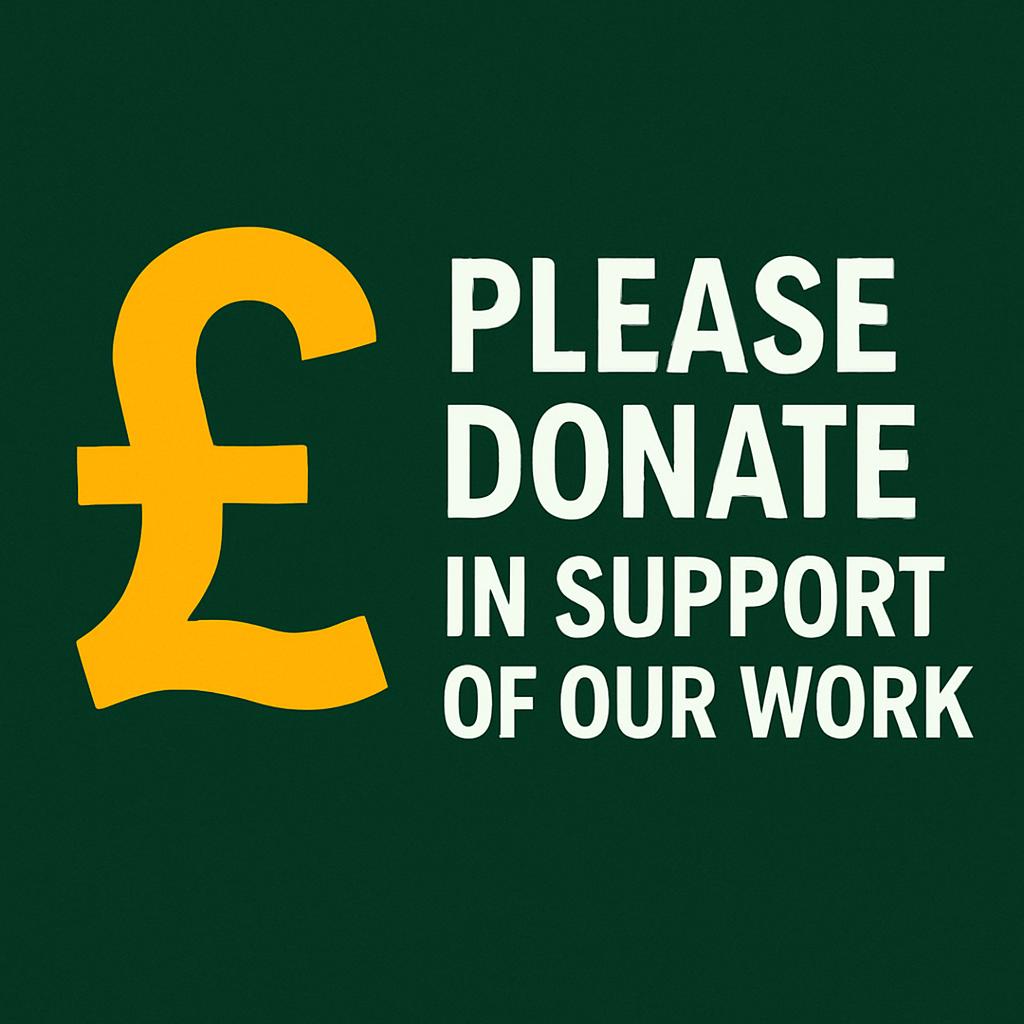Press Release: Veritas Press C.I.C.
Author: Kamran Faqir
Article Date Published: 08 Oct 2025 at 14:42 GMT
Category: UK | Politics | NHS Drug Prices Set To Rise
Source(s): Veritas Press C.I.C. | Multi News Agencies


Exclusive: Officials have briefed the Trump White House on plans to raise the NHS’s drug pricing threshold by up to 25% to stave off punitive US tariffs, an overhaul that could cost British taxpayers billions and reshape the future of public healthcare.
The government is preparing to quietly overhaul how the NHS prices medicines, in what officials admit is an attempt to appease US President Donald Trump’s demands for “fairer” returns for American pharmaceutical giants.
According to senior government and industry sources briefed on the plans, Downing Street has proposed raising the National Institute for Health and Care Excellence (NICE) cost-effectiveness threshold by up to 25% a move that would allow drug companies to charge significantly higher prices to the NHS.
The proposal, discussed in private briefings with the Trump administration last week, forms part of a behind-the-scenes effort to avert a wave of 100% tariffs on branded medicines that the White House has threatened to impose as early as November.
Experts warn that the change could increase annual NHS drug costs by billions of pounds, forcing hospitals to cut services elsewhere and potentially widening health inequalities. Treasury officials, who have resisted the plan for months, describe it as “a ransom payment to global pharma,” one source told The Observer.
White House Pressure and the New Trade Diplomacy:
The standoff began after Trump accused Britain and other allies of “freeloading off American innovation” by paying far less for medicines than US patients. In response, his administration has tied future tariff relief and trade access to higher foreign drug prices, a radical shift in trade diplomacy that effectively weaponises healthcare economics.
UK negotiators, led by Business Adviser Varun Chandra, are now in Washington to finalise an understanding designed to head off those tariffs. Multiple sources confirm that raising the NICE threshold, currently £20,000–£30,000 per quality-adjusted life year (QALY), is central to the proposal.
If accepted, this would mark the biggest pricing reform since NICE was created in 1999. “It’s a capitulation dressed up as reform,” said one senior NHS pricing official. “We’re paying more so American pharma doesn’t punish us.”
The Treasury Rift and Internal Pushback:
The Treasury has resisted any changes to the NICE framework, warning that higher thresholds bring no guarantee of improved patient outcomes. Internal memos describe the US demand as “industrial blackmail,” according to officials familiar with the discussions.
Yet Starmer’s team views the concessions as the price of maintaining broader trade stability. One senior aide said bluntly: “This is the price you pay post-Trump if you want global pharma to keep playing ball in Britain.”
Corporate Leverage: Industry on Pause.
The threat of a drug exodus is real. Major pharmaceutical firms, including AstraZeneca and Merck, have already delayed investment decisions in the UK, citing “unpredictable pricing conditions.” Eli Lilly recently hiked UK list prices for its diabetes drug Mounjaro by 170%, a warning shot, industry analysts say, aimed directly at Downing Street.
Several sources within the BioIndustry Association told The Observer that drugmakers have been lobbying for months for a “reset” of the Voluntary Scheme for Branded Medicines Pricing (VPAS), which caps NHS spending growth on branded drugs. The new proposals, they believe, could soften those caps and finally restore what one executive called “commercial respectability to the UK market.”
The Public Cost: Billions in Extra NHS Spending.
The financial implications are stark. The NHS spent around £17.4 billion on medicines in 2023–24, according to NHS England accounts. Raising the NICE threshold would increase the proportion of high-cost drugs approved for routine use, inflating the total medicines bill.
Data Brief: Estimated NHS Drug Spending Impact.
| NICE Threshold Change | Approx. Impact on Annual Drug Spending | Estimated Annual Increase |
| +10% | £19.1 billion | +£1.7 billion |
| +25% | £21.8 billion | +£4.4 billion |
| +50% | £26.1 billion | +£8.7 billion |
These estimates assume proportional approval expansion and cost elasticity based on NICE modelling data and historic adoption patterns from 2010–2020.
Economists warn the NHS could face “cost shockwaves” as pharmaceutical budgets outpace both inflation and planned NHS funding growth. “A 25% rise in the threshold could easily consume the equivalent of 20,000 nursing salaries,” said Professor Andrew Hill, a health economist at the University of Liverpool.
Political Fallout: Trade Triumph or Public Betrayal?
For Starmer, the timing is politically fraught. The prime minister is eager to tout his India trade deal as proof of post-Brexit “economic renewal.” But any perception that Britain is paying more for medicines at Washington’s behest could reinforce fears that the NHS is being opened to foreign influence by stealth.
Opposition MPs and patient advocates have already demanded transparency. Green MP Caroline Lucas told The Observer: “This looks like the first instalment in a backdoor NHS sellout. The public deserves to know what deals are being cut in their name.”
Even some within Labour’s ranks are uneasy. A senior backbencher said the party “cannot be seen to repeat the mistakes of the past, hiding trade-offs behind bland assurances about partnership.”
Downing Street’s Defence:
In a statement, a government spokesperson said:
“The pharmaceutical sector and the innovative medicines it produces are critical to our NHS, our economy, and our Plan for Change. We are working closely with global partners to ensure continued access to life-saving drugs while maintaining value for taxpayers.”
Privately, officials insist the goal is “modernisation,” not capitulation. But for many inside Whitehall, the message from Washington is clear: pay up or face the consequences.
If Starmer’s team proceeds, it could mark a historic turning point, where Britain’s public healthcare system becomes collateral in a trade war it did not start, but may end up paying for.
Primary sources / leads:
- Whitehall officials at DHSC, Treasury, and the Office for Life Sciences (for internal tensions and memos).
- Industry insiders at ABPI, BioIndustry Association, AstraZeneca, Merck, and Eli Lilly (for investment freeze and lobbying data).
- NHS pricing experts (NICE advisors, health economists like Prof. Karl Claxton or Prof. Andrew Hill).
- Trade policy analysts (Chatham House, UKTPO, Institute for Government).
- U.S. policy correspondents (Politico, FT, Reuters) for cross-verification of Washington briefings.
Documents/data to request via FOI:
- NICE and DHSC correspondence on QALY threshold review.
- Treasury impact assessments of proposed threshold changes.
- Briefing notes from the Department for Business and Trade to the U.S. Trade Representative.
- VPAS rebate and payment adjustment modelling, 2022–2025.
Secondary verification:
- Use NHS England’s annual “Medicines Used in the NHS” statistical release.
- Compare projected NHS spend under new thresholds to pre-2015 NICE adoption rates.
- Review tariff retaliation clauses under Trump’s “America First Trade Framework.”
Advertisements
Tags:
